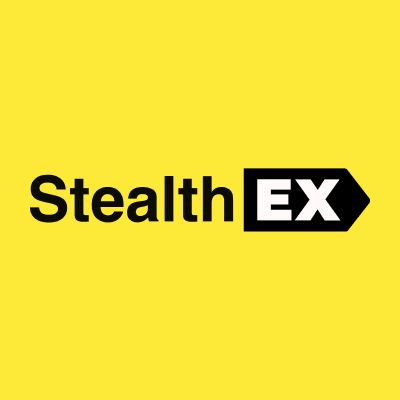141 reads
DeFi - The Whys, Whats, Wheres, and Hows of Decentralized Finance
by
August 28th, 2020
 byStealthEX.io@stealthex
byStealthEX.io@stealthexCrypto exchange platform. More than 1500 coins to swap and buy. Floating and fixed exchange rates.
About Author
Crypto exchange platform. More than 1500 coins to swap and buy. Floating and fixed exchange rates.